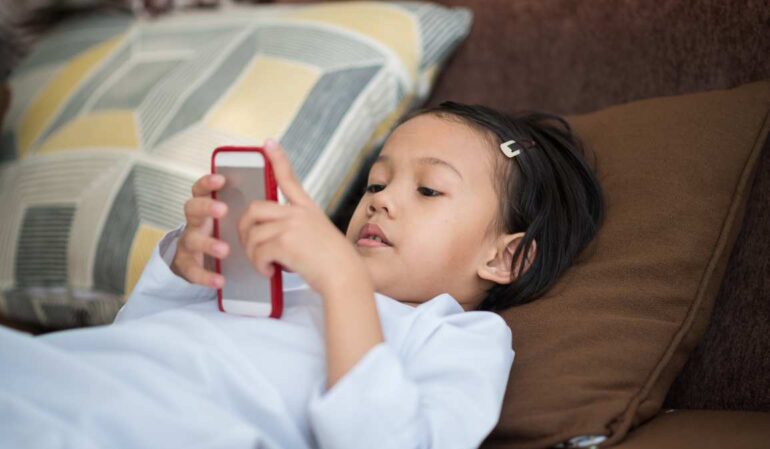
A Parent’s Guide + Alternatives That Actually Work
Screens are everywhere. From smartphones to tablets, TVs to laptops—our children are growing up in a world where digital devices are part of daily life. And while screens aren’t all bad (hello, video calls with grandma!), many parents quietly worry:
“Am I letting my child use the screen too much?” “How do I say no without a meltdown?” “What else can they do when I need 20 minutes to get things done?”
If you’ve asked yourself any of these, you’re not alone.
As an early childhood expert, I’ve worked with many families who struggle to find the balance between modern convenience and mindful parenting. Here’s what I’ve learned—and what works.
Why Screen Time Feels So Addictive
Children between 1.5 to 9 years are wired to seek stimulation, repetition, and reward—all things digital content delivers instantly. That dopamine hit from watching a cartoon or playing a game is real. But what screens give quickly, they take away in the long run: patience, attention span, and self-regulation.
How Much Is Too Much?
There’s no one-size-fits-all answer, but here are general guidelines:
- Under 2 years: Avoid screens as much as possible (except video calls).
- Ages 2–5: Up to 1 hour of high-quality content per day.
- Ages 6–9: 1 to 1.5 hours max, with supervised and balanced usage.
But more important than the number is what they’re watching, when, and why.
Shift the Question: From “How Do I Stop Screen Time?” to “What Can I Offer Instead?”
Children don’t just need us to take something away—they need us to replace it with something meaningful.
Here are 7 screen-free alternatives that work because they align with a child’s natural developmental needs:
1. Create a “Boredom Box”
Fill a box with craft items, recycled materials, stickers, tape, and blank paper. Call it their “idea box” and let them build, invent, and explore freely.
Bonus: Add task cards like “Make a robot from paper rolls” or “Draw a zoo with only triangles.”
2. Give Them Real-Life Tasks
Children love to feel useful. Sorting laundry, watering plants, stirring pancake batter—these aren’t chores to them, they’re exciting adult jobs .
Hint: Use language like “I need your help with something important.”
3. Keep Open-Ended Toys Accessible
Building blocks, magnetic tiles, pretend food, puppets, dress-up clothes—these let children create their own stories. The more open-ended , the more time they’ll stay engaged.
4. Start a Family Reading Ritual
Set a routine time for reading each day, even if it’s just 10 minutes. Children often ask for screens out of habit—replace the habit with something warm and connecting.
Tip: Let them “read” to you too. It builds confidence.
5. Designate a Screen-Free Time/Zone
Start with one part of the day—maybe breakfast or the hour before bed. Make it consistent and sacred. Children thrive on routine, and they learn by our example.
6. Prioritize Outdoor Play
It sounds simple, but it works. Nature is the ultimate sensory playroom. Even a walk in the building compound, a visit to the park, or water play with buckets can reset the child’s mood and energy.
Final Thoughts: Gentle Boundaries, Not Guilt
You don’t need to ban screens completely to be a “good” parent. The goal is not perfection—it’s awareness, boundaries, and connection. Use screens with intention, not as default. And when you say “no” to screen time, try to say “yes” to something else your child truly needs: movement, creativity, attention, or comfort.
You’ve got this.

